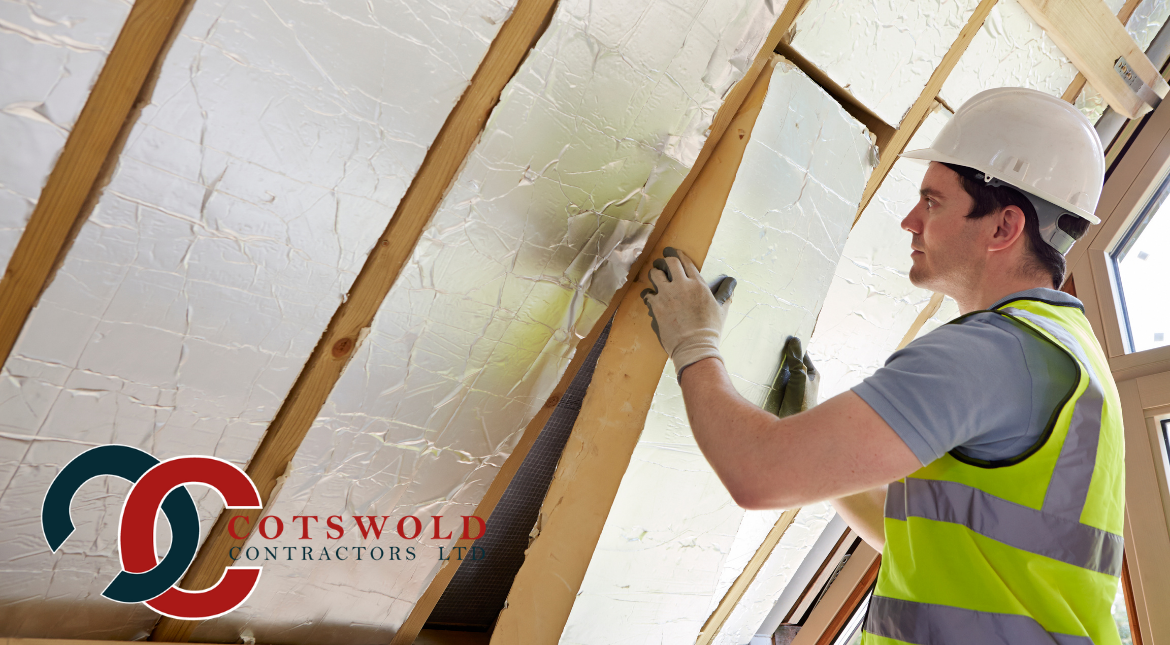Loft insulation is incredibly important in keeping your home warm in the winter months and cool in the summer. It is also great for reducing energy loss, a common issue in uninsulated homes.
It can be confusing when trying to pick your insulation, as there are a variety of materials out there. Here is a quick guide of a few insulation materials to show what materials can insulate your loft.
Mineral Wool
A non-metallic inorganic material that has been manufactured from a mix of stone and glass. Mineral wool has brilliant thermal and acoustic insulation. It is also easy to install.
It makes an ideal fireproof material as it can act as a fire barrier with resistance against burning. It will only begin burning once reaching beyond 1000°C. Mineral wool does tend to compress if a significant amount of weight is placed on it, so be sure to handle it with care and avoid putting anything on top of it.
Glass Wool
Made from fibres of glass, limestone, soda ash and sand. Glass wool is then exposed to intense temperatures and bound using resin. This insulation offers great density and durability. One of the materials it is made from is recycled glass, which acts as a great insect repellent and a good eco-friendly choice. It does not perform well when wet, therefore it isn’t a suitable option for damp areas. Like mineral wool, it can irritate the skin so it must be handled with care.
Sheep’s Wool
This insulation material is great for both thermal and acoustic insulation applications. It can also be easily handled as it doesn’t act as an irritant when in contact with skin. It is perfect for absorbing moisture due to its breathable attributes, making it ideal for preventing damp. It is however, a considerably more expensive insulation material compared to its competitors.
Cellulose
Cellulose insulation consists of recycled paper products that are reduced to small pieces, fiberised and then packed tightly into building cavities. It can be damp-sprayed or installed dry. When it is damp-sprayed it activates natural starches within it that then allows it to adhere within the cavity. It is a sustainable and cost-effective solution that also works well against fire as it is often made with a mineral fire retardant.
Foil
Also known as multifoils, foil insulation is a great choice. Its reflective layers and materials allow heat to reflect off of it and into the room. The installation process is easy as it can be easily stapled into place. It also works well at preventing radiant heat loss.
When it comes to renovating your loft, it is great to have an expert opinion who can give you the correct advice. This will allow you to make the best choice for your home. There are a lot of factors that go into finding the right type of material for your loft insulation. That is why our highly knowledgeable team is here to help. We cut out any of the confusion when it comes to renovating and insulating your loft. Saving you all the hassle and stress!
Should you be looking for any help or advice, please contact us today. We would love to hear from you.

